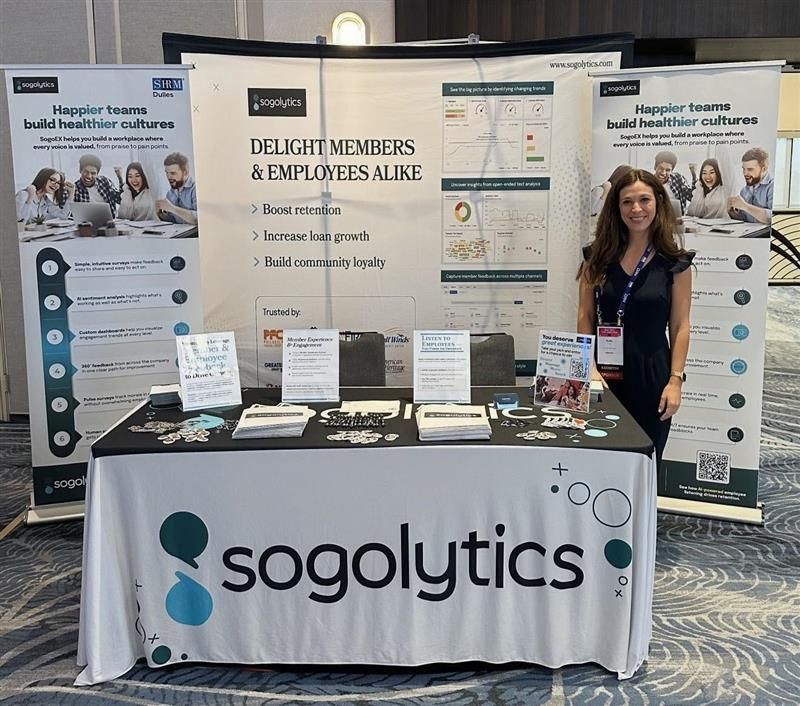Working in the digital era, especially with the latest AI revelations, has resulted in a new quality of life. Technology companies, in most cases, routinely deal with AI development in their software apps and machines, but this article goes much further. We delve here into the employee environment, in general, to understand how AI is changing our working habits, problem-solving, and strategic thinking.
There’s no discussion; we see AI-driven technologies turning job training, recruitment, sales enablement, and personal development upside down and inside out every day. There are so many EX angles to cover, but here are the ones in our face, demanding the most attention:
1. Recruitment
Companies like Indeed and Zip Recruiter promise their recruiting clients faster, more accurate ways to zone in on the most suitable job candidates. AI pre-screening options are invaluable for companies that hire in the thousands from applications (that number probably in the millions).
- For example, Pymetrics ranks candidates’ emotional and thought suitability, without figuring in one’s race, gender, and other standard demographic items. It systematically analyzes a massive body of data that links to the profiles of high performing employees in the same role.
- Then there’s an AI tool that around 20% of the Fortune 500 companies use today, known as Montage. It includes on-demand text interviewing. After that, with a virtual assistant, it schedules meetings with promising candidates – thus removing human bias (to that point) from the recruitment process.

2. Onboarding
AI chatbots kick into action to help recent hires move into their new jobs as if they were old-hands. These technologies get right to the candidates’ frequently asked questions, blowing through small things that sometimes become significant obstacles. The key is to answer queries in a casual-like conversation, with a human voice. Unilever, the worldwide organization that sells us our favorite brands of soap, toothpaste, and canned foods, uses its proprietary chatbot (Unabot) to do just this. It relies on an AI field headlined as natural language processing (NLP) to provide information ranging from parking your car to payroll issues with HR to eating subsidized meals in the canteen.
3. On-the-job training
Here’s a biggie for AI and EX. Your bosses are encouraging you to move up the ladder as fast as your improving skills allow. They also want you to learn from others, and from the other side of things, teach your successor. We’re talking continuity here so that retiring employees, those going on leave, or moving on don’t leave gaps. At the same time, you’ve got work to do, so how is it possible to juggle all these balls?
Engineering leader Honeywell is an excellent example of first-class training, with no loss of work momentum. The company focuses on augmented and virtual reality (AR/VR) tools using AI and insists that it’s a reality work experience like no other for new hires. It works like this:
- Employees don AR headsets while going about their daily business.
- These record all of the engineer’s work touchpoints.
- Built-in image recognition technology plays the recordings in VR, vividly recreating the EX for anyone entering the same job description.
- In the process, AR tools remind engineers of job checklists and job dangers that one tends to forget about.
The adaptation of AR/AV is particularly evident on construction sites, with teams of sub-contractors moving in and out of danger zones. Safety there is a priority.

4. An augmented workforce and robots
The biggest fear for human beings is that machines and AI are replacing them in the jobs they were trained to do. Unemployment is scary from any breadwinner’s viewpoint. In some instances, the fear is real, especially in warehouses and factories where robots are operating the production lines.
Mostly, however, humans have moved forward and upward, learning new things that machines can’t do, but which AI applications and hardware assist and complement for better results. It’s known as augmentation, and it boils down to this:
- AI technologies take over mundane aspects.
- Humans are left free and easy to create, think out of the box, and exchange ideas with others.
Examples of AI boosting human job quality are everywhere:
- Sales reps use virtual assistants to record meeting content, make new appointments, and cold call prospects. The time-saving and morale benefits are natural AI byproducts in this arena.
- Mobility pioneers Segway have introduced a robot that navigates workplace corridors to make desk deliveries faster than any mailroom runner.
- Gamma 2‘s security robots, now commonplace on commercial properties, add an extra layer of safety for everyone working there.
- ParkPlus‘s ability to robotically move cars around between bays in the corporate parking areas reduces the annoying waste of time looking for a spot on arrival. It also makes it easy to find one’s car on departure.
- SaaS introductions like PeopleDoctor or Betterworks analyze data on workflows and processes and come up with new ideas and recommendations for doing the same things better. So compelling is this trend, it’s referred to in the relevant work circles as RPA or Robotic Process Automation.
RPA learns at such a pace that it can even recognize and predict employee difficulties, suggesting ways to improve the situation. It brings us the next big AI/EX topic – one that employees hate the most.
5. Surveillance in the workplace
It’s an undeniable fact that at least half of large enterprises are watching employee performance on the job. If you think it’s a passing event or just on the surface, think again! Aside from EX, CX is everything today. It defines brands and gives a competitive edge. Employee performance, as it plays out at every customer touchpoint, is crucial to ROI and market success. Therefore, companies want to know everything that’s going on in the business, from email messages to conference calls to bathroom breaks to unexpected stress signals. Anything that may swing the customers’ buying decisions in the wrong direction is fair game for management AI-tracking. The following covers some of the unusual employee “watch areas” that have entered EX:
- Monitoring health, diet, and sleeping habits. On the health side, Fitbit devices are the favored AI path.
- By using the captured data, companies can create corporate fitness programs and develop a system of regular doctor visits.
- Workplace analysts Humanyze gets down and dirty in the trenches, looking at reams and reams of employees’ emails and instant messaging. They insist it’s the best way to uncover bullying, sexual harassment, or any other obstructive behavior in the workplace. From the looks of it, many CEOs believe them.
Conclusion
All in all, the above leaves a lot to think about. Yes, to an extent, Big Brother is watching you, but right now, it’s making a good case for the employee’s benefit rather than the darker side of the picture. One thing’s for sure, AI has entered the EX stadium through the main door and, from the looks of it, is there to make an impression over the long run. We agree.














